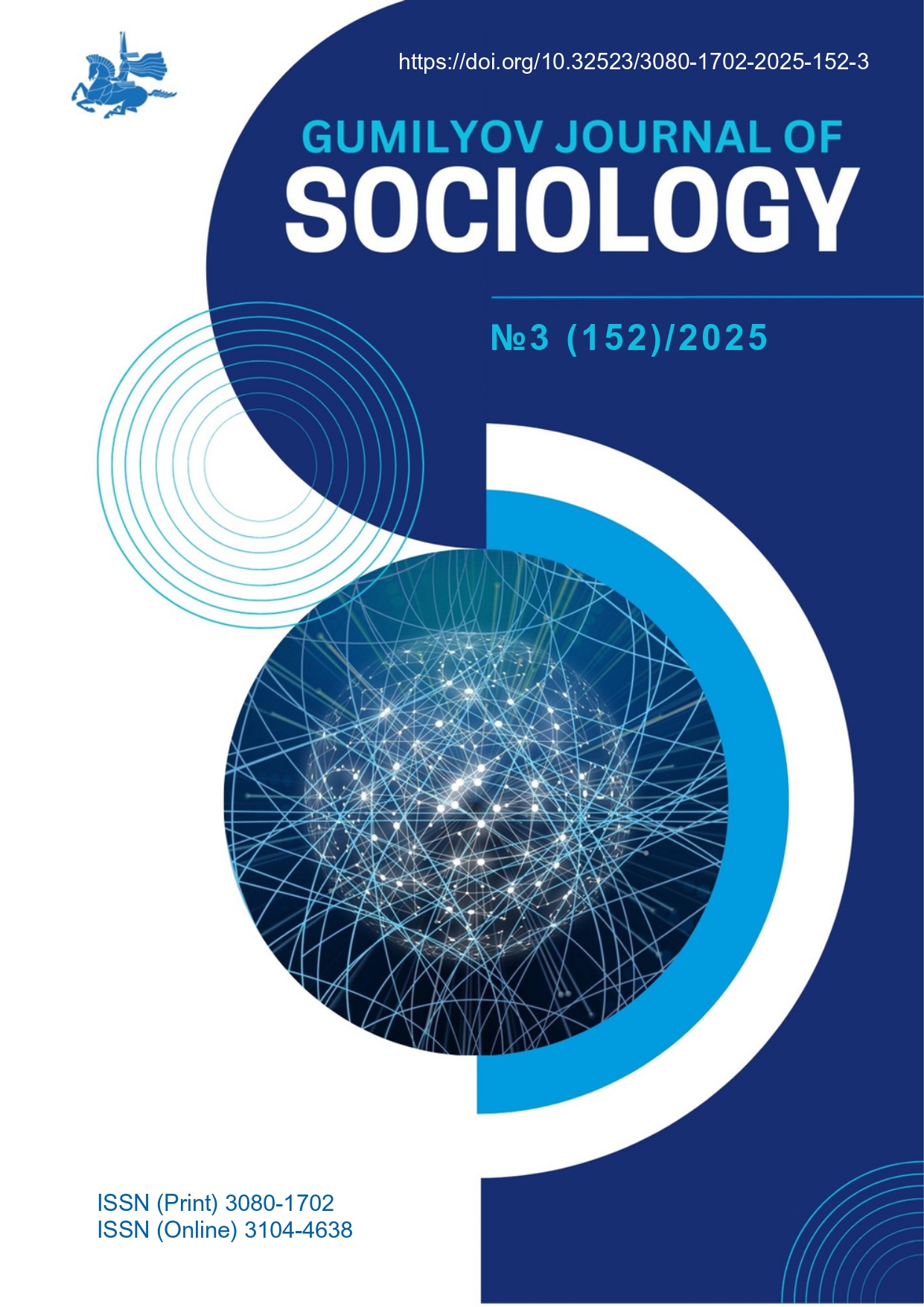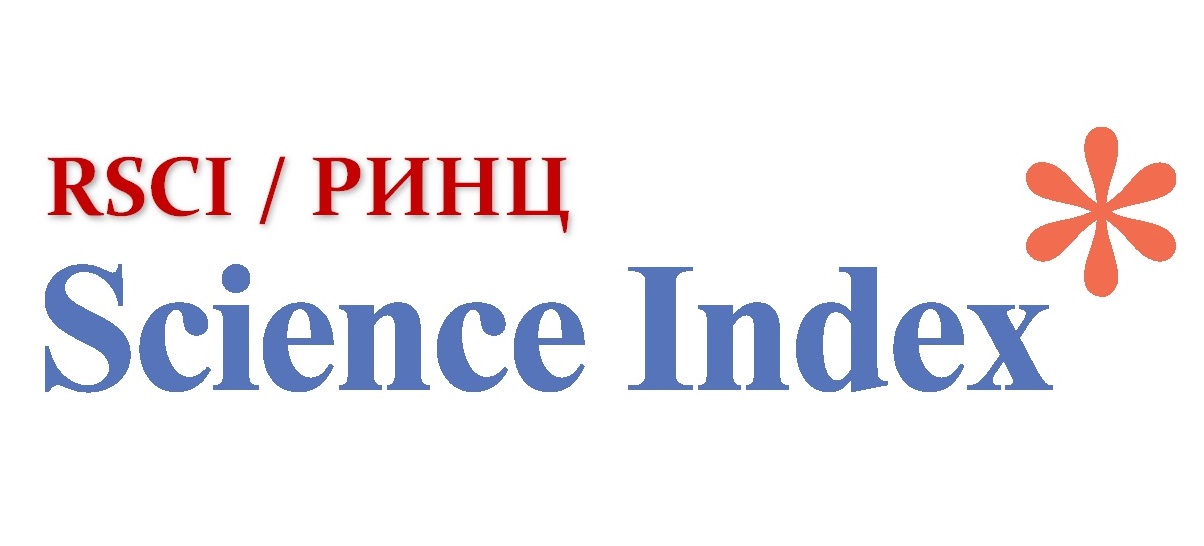HOW THE SOVIET PAST AFFECTS THE NATION-BUILDING OF MODERN KAZAKHSTAN
DOI:
https://doi.org/10.32523/3080-1702-2025-152-3-64-71Keywords:
identity, monuments, primordialist ties, «imagined community», radical constructivists, minimal constructivists, nation and nationalism, process of nation-buildingAbstract
This article analyzes the role of monuments in the process of ethnic nation-building in Kazakhstan. The study is based on a database of 226 monuments erected between 1991 and 2019 in the country's regional centers. The main focus is on the question: which historical figures become national symbols that go beyond the native territories of their zhuzes and clans? The results show that the vast majority of such monuments are dedicated to personalities of the Soviet period or those whose symbolic significance was formed during the Soviet era. This indicates the continuing influence of the Soviet nation-building project, which created a single pantheon of heroes contributing to the formation of a national identity. At the same time, the practice of perpetuating representatives of “their” zhuzes and clans, reflecting local identities and the activity of tribal associations, persists in the regions. Thus, monuments act as an arena of symbolic politics, where the interests of the central government and local elites intersect. The findings highlight the dual nature of symbolic politics: on the one hand, monuments can be a tool for integration, while on the other hand, they can contribute to strengthening localism and generic differentiation.Downloads
Published
2025-09-30
Issue
Section
Articles
How to Cite
HOW THE SOVIET PAST AFFECTS THE NATION-BUILDING OF MODERN KAZAKHSTAN. (2025). Gumilyov Journal of Sociology, 152(3), 64-71. https://doi.org/10.32523/3080-1702-2025-152-3-64-71








